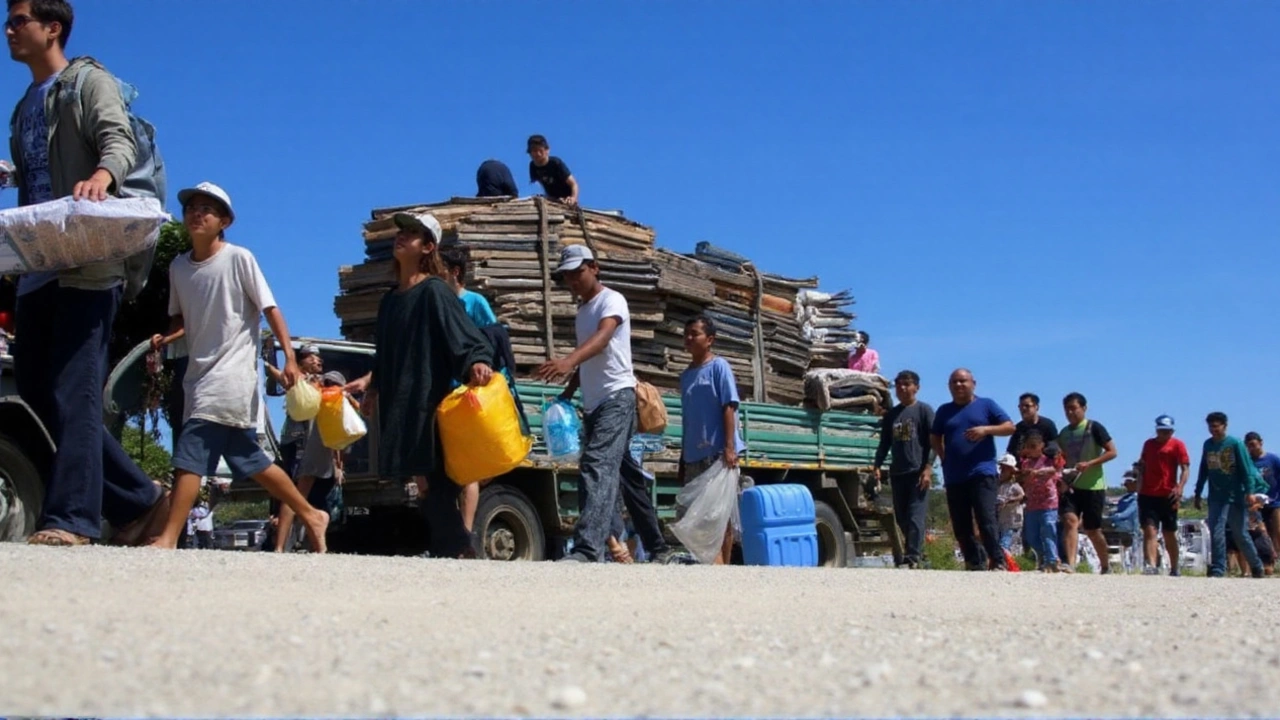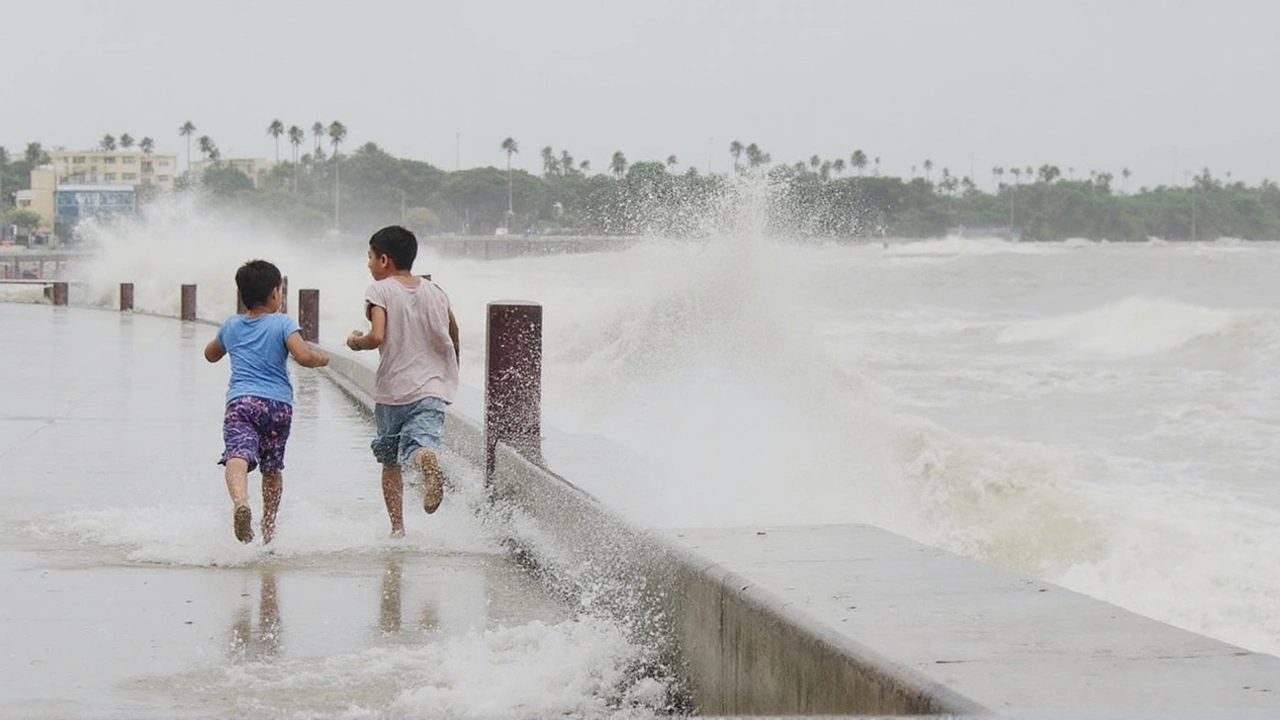On Monday, Super Typhoon Ragasa made a violent landfall in the northern Philippines, clocking sustained winds that top 215 km/h – a speed that puts it in the Category 5 range. Meteorological agencies across the globe have labeled it the strongest tropical cyclone of 2025, and the damage it has already inflicted is staggering.
Ragasa’s wrath in the Philippines
Manila’s bustling streets fell silent as the government ordered a citywide shutdown of schools and non‑essential workplaces. The move aimed to keep commuters out of harm’s way as the storm’s eye approached the capital’s outskirts. In the provinces of Ilocos, Cagayan and the Batanes islands, officials activated all emergency shelters, and within hours more than 10,000 people were relocated to government‑run centers.
Key actions taken by local authorities include:
- Pre‑emptive evacuation of coastal villages prone to storm surge.
- Deployment of the Philippine Army’s engineering battalions to reinforce levees and clear drainage channels.
- Real‑time broadcasting of weather updates via radio, television, and social media platforms.
- Distribution of emergency kits containing water, food rations, and basic medical supplies.
The combination of torrential rain and gale‑force winds has raised alarms about landslides in the mountainous north. Early reports already indicate several road blockages caused by fallen trees and mudslides. Flood‑prone districts are bracing for river overflow, prompting the National Disaster Risk Reduction and Management Council to issue a Level III warning, the second‑highest alert in the Philippines’ disaster‑response hierarchy.

Regional ripple effects and preparations
While the Philippines bears the brunt of the storm, Ragasa’s outer bands have stretched far beyond its borders. Taiwan’s southern coastline has been battered by high seas, forcing fishermen to pull in their boats and prompting lighthouse crews to evacuate. Coastal towns such as Kaohsiung reported wave heights exceeding five meters, prompting local officials to advise residents to avoid beachfront areas.
In Hong Kong, authorities took the rare step of shutting down the international airport for a full 36‑hour window. All inbound and outbound flights were suspended, a move that crippled a major global hub and left thousands of travelers stranded. The airport closure also triggered a cascade of delays across regional airlines, with ripple effects felt as far as Southeast Asia.
China’s southeastern provinces, including Fujian and Guangdong, are on high alert as the storm tracks northwest. The China Meteorological Administration has issued a red alert for heavy rain and strong winds, urging citizens to stay indoors and avoid unnecessary travel. Emergency response teams are positioning rescue boats along vulnerable riverbanks, and the People’s Liberation Army has mobilized medical units to standby for potential mass casualty events.
Across the region, the projected impact of the typhoon could touch tens of millions of people. Governments are coordinating through the ASEAN Secretariat to share resources, satellite imagery, and real‑time data. This cooperative approach aims to streamline rescue operations, ensure that relief supplies reach the hardest‑hit areas quickly, and prevent a humanitarian crisis from spiraling out of control.
As Ragasa continues its relentless march toward China’s coast, the focus remains on safeguarding lives and minimizing damage. Residents in all affected zones have been urged to stay inside sturdy structures, keep emergency kits within arm’s reach, and heed official evacuation orders without hesitation. The coming hours will test the resilience of communities and the effectiveness of regional disaster‑management strategies.

